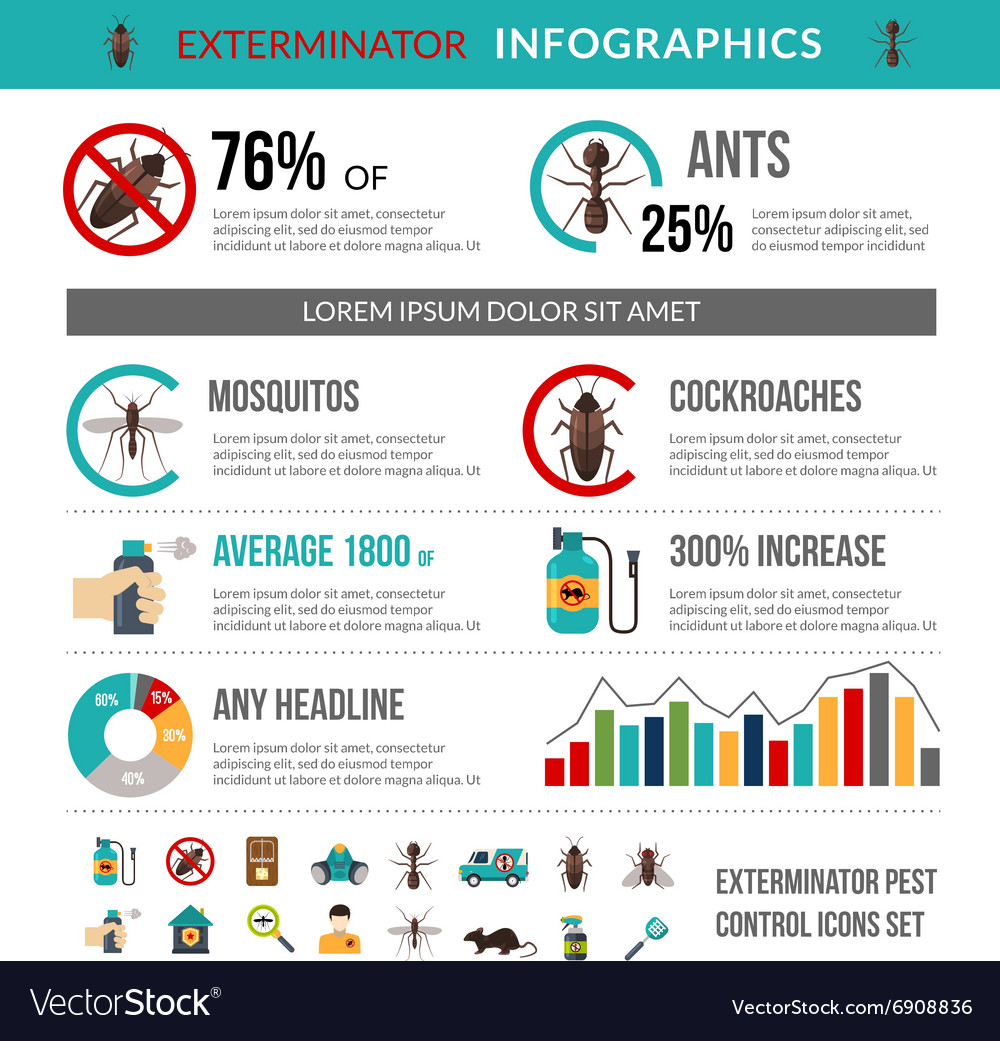Use Your Understanding Of Rodent Nesting Actions To Outwit These Pest Administration Techniques
Use Your Understanding Of Rodent Nesting Actions To Outwit These Pest Administration Techniques
Blog Article
Published By-Payne Krag
When it pertains to rodent control, recognizing common rodent behavior is crucial to properly handling invasions. Did you recognize that rats have some fascinating nesting habits that might amaze you? By discovering their detailed actions, you can acquire important understandings right into exactly how to tackle rodent problems in a more tactical and efficient way. So, let's decipher the enigmas behind these animals' actions and find out just how to outmaneuver them in your rodent control efforts.
Rodent Nesting Habits
When observing rats in their all-natural habitat, you'll see that they actively look for products to build their nests. Rats, such as computer mice and rats, are clever animals that utilize a range of items like twigs, leaves, paper, and material to develop their homes. exterminator for mice in walls in their nest-building process, often lining their nests with softer materials like hair or feathers to produce a relaxing atmosphere.
Rats favor to develop their nests in hidden and secure areas to secure themselves and their young from killers. Common nesting areas consist of wall cavities, attics, basements, and also within insulation materials. By building their nests in these secluded areas, rats can safely elevate their children far from prospective dangers.
It is essential to understand the nesting habits of rats when applying control measures. By interrupting their nests or removing products, you can dissuade rodents from establishing an existence in your home or property. Appropriate sanitation and sealing off entry points are likewise critical action in protecting against rodent problems.
Rat Feeding Patterns
After observing rats' nesting habits, it becomes obvious that their feeding patterns play a critical function in their daily lives and behaviors. Rodents, including computer mice and rats, are opportunistic feeders, indicating they'll take in whatever food source is readily offered. They're primarily nighttime creatures, favoring to forage for food throughout the cover of night to stay clear of killers.
Rodents have a varied diet plan, varying from grains, seeds, fruits, and vegetables to bugs, nuts, and also small animals. This adaptability in their food selections enables them to prosper in different atmospheres, consisting of city locations where human food sources are abundant.
Their feeding patterns aren't just driven by cravings yet also by the need to stockpile food for times of shortage. This actions is especially recognizable in preparation for winter season or when nesting. Rats are understood to hoard food in their nests or burrows, making certain a consistent food supply. Recognizing their feeding patterns is essential in implementing efficient rodent control steps to disrupt their food sources and protect against invasions.
Rodent Motion and Traveling
Rats navigate their environments with agility and stealth, using their eager senses to move promptly via their environments. These creatures are proficient mountain climbers, able to scale wall surfaces and vertical surface areas effortlessly. simply click the following post can also press through remarkably little openings, making it crucial to seal any possible entrance points in your house.
When it involves taking a trip, rodents have a tendency to adhere to acquainted paths, producing routes along wall surfaces or skirting the edges of areas. They're creatures of habit, frequently adhering to these developed paths as they forage for food or discover their environments.
Rodents are known for their nocturnal behaviors, so you may hear them hurrying about at night as they search for food and water. Their activities fast and irregular, allowing them to dart in and out of sight in the blink of an eye.
Recognizing how rodents relocate and take a trip can assist you determine potential invasion areas in your house and take proactive actions to prevent these parasites from acquiring a grip.
Verdict
As you function to manage rodents in your house, remember that understanding their behavior is crucial. By acknowledging their nesting routines, feeding patterns, and activity, you can successfully protect against problems.
Together, by taking proactive actions to remove food sources and seal off access factors, you can disrupt their acquainted paths and require them to look for new areas, eventually lowering the possibility of rodent presence in your living spaces.
